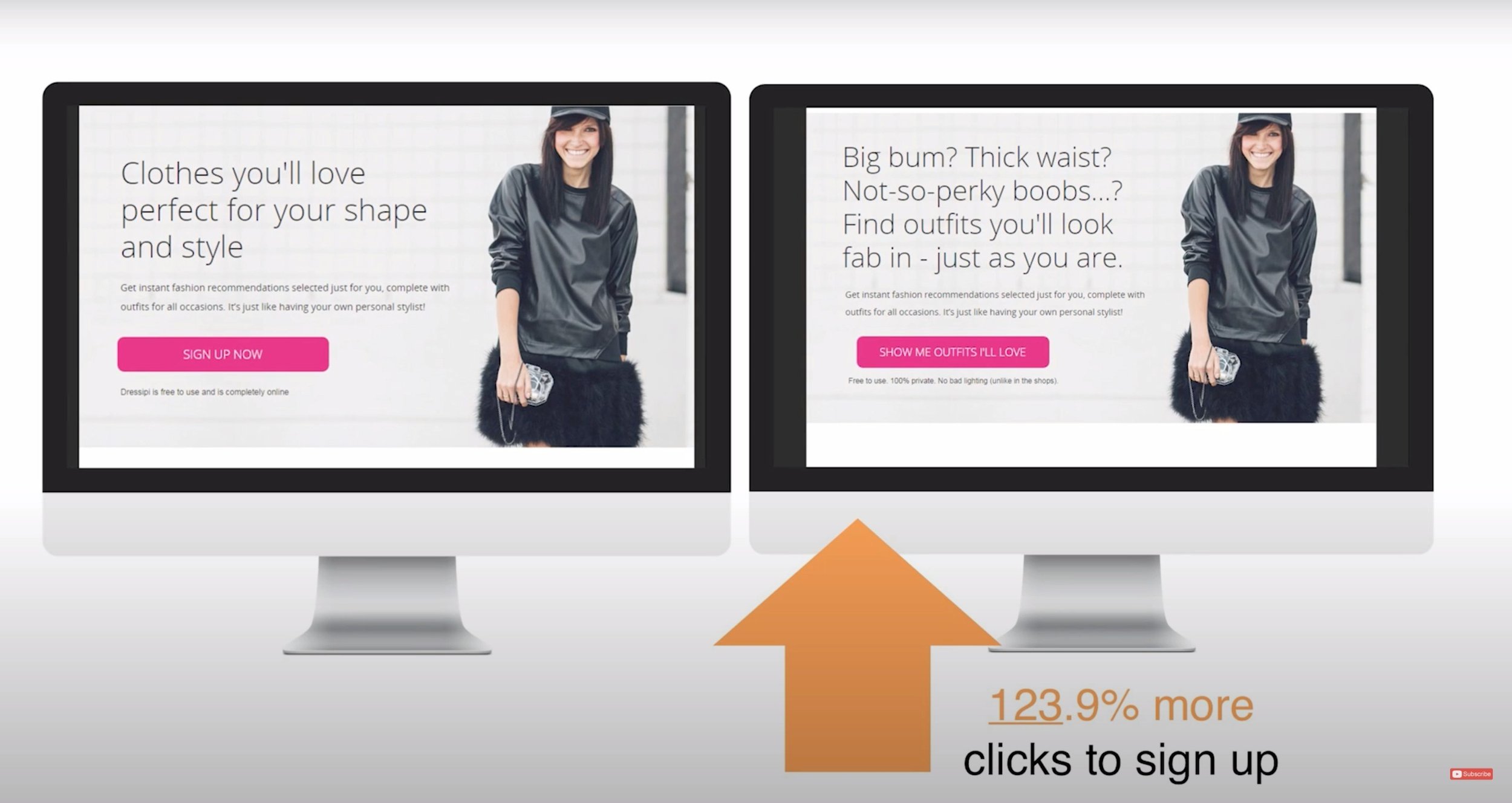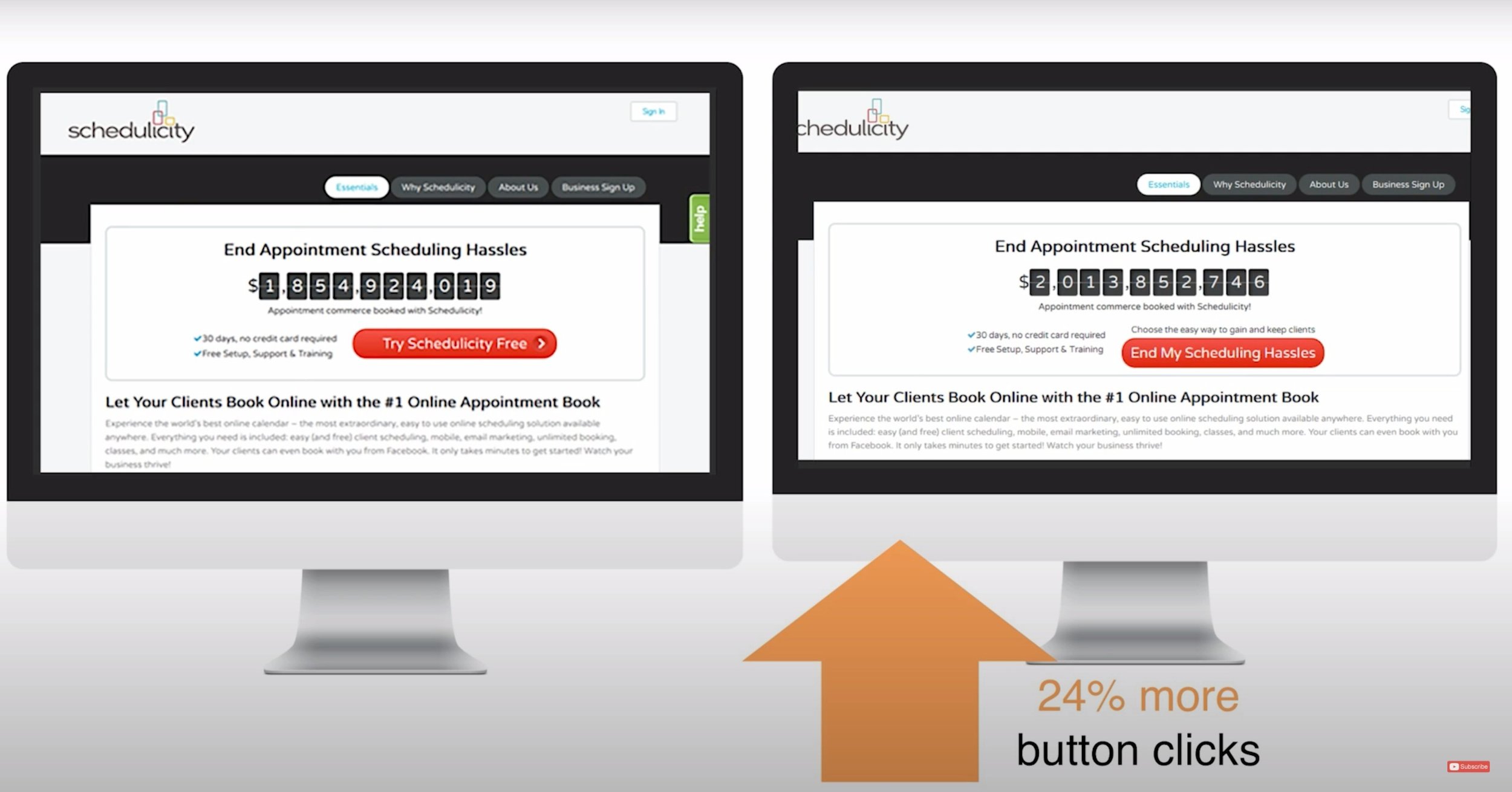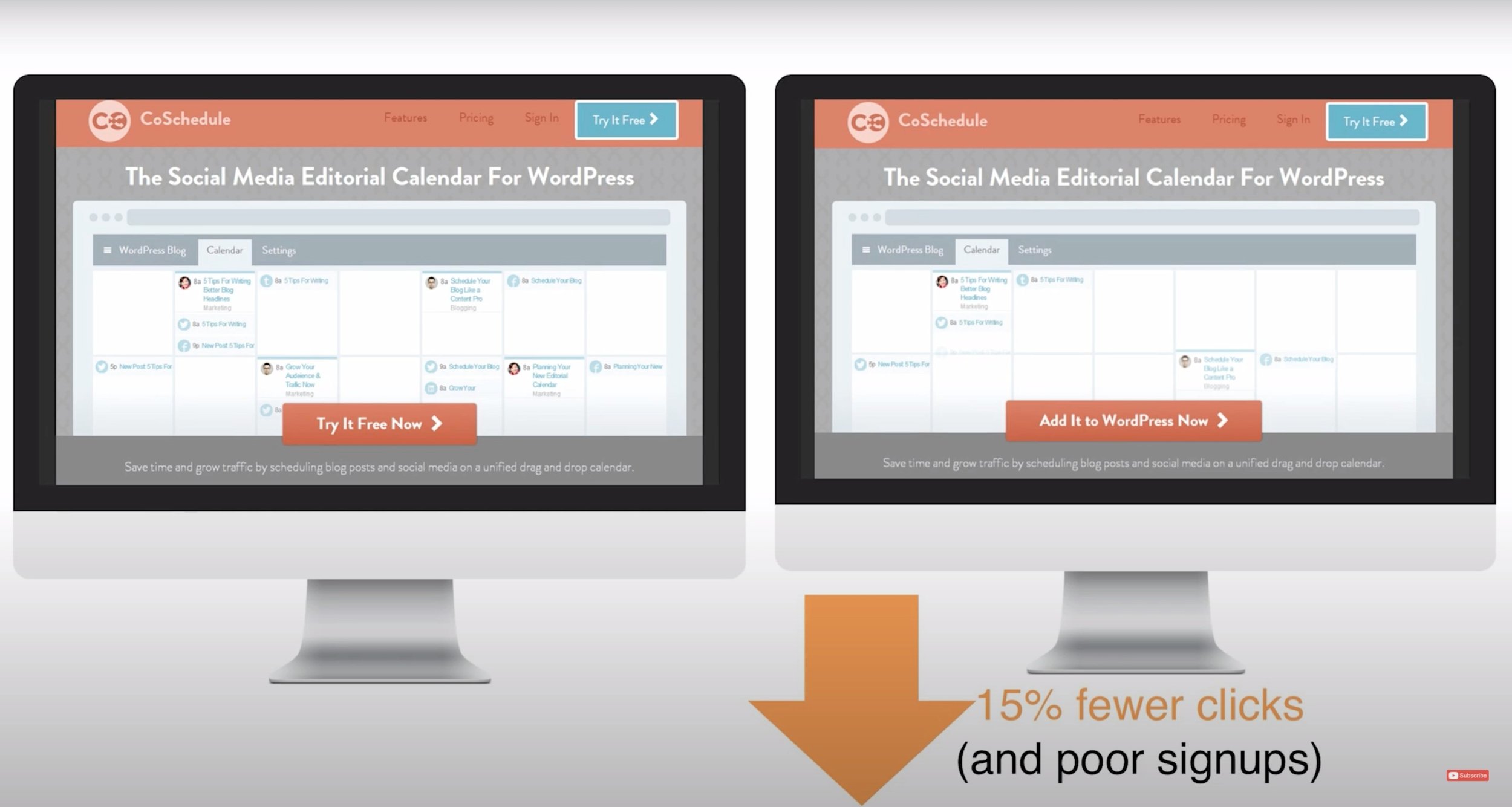3 Proven SaaS Copywriting Techniques to Widen Your Funnel
What if you can learn how to write marketing copy that allows you to reach more of your ideal customers?
As a business owner, you are juggling multiple tasks and responsibilities every day. You don't have time to spend hours upon hours listening to copywriting courses or copying best-in-class headlines word for word in Google Docs.
So, we turned to one of the OGs of SaaS copywriting. The original conversion copywriter, Joanna Wiebe, shares tips from nearly two decades of experience acquiring copywriting skills.
In this post, we’re sharing what great SaaS copywriting is, busting some common myths, and sharing three proven techniques to help you convert more visitors into customers.
1. What is SaaS copywriting?
At its core, SaaS copywriting is all about conveying how your product solves a key pain point for your customers.
Your copy should address your customers’ objections AND educate them on how your product either helps them achieve their desired results or solve a key pain point in their business.
2. Don’t believe these copywriting myths
When it comes to copywriting, there are all kinds of myths out there. You’ve probably heard many of them.
The truth about copywriting is there is almost never only one right answer or best practice that you should follow 100% of the time. It is nuanced and will depend on your product and customers.
Here are just a handful of copywriting absolute statements that Joanna has tested and proven false over and over again.
Short copy always performs better.
No wait, long copy always converts better.
Always use orange (or insert bright color!) for your CTA buttons.
Never use a text link as a CTA
3 proven copywriting techniques to widen your funnel
While strongly believing any copywriting rules can be damaging, here are three proven techniques that Joanna has found to be effective.
1. Optimize your headline and button copy
Many SaaS founders obsess over their headline or H1 copy on their homepage at the detriment of their conversion rate. Your headline copy isn’t the end-all-be-all on your homepage.
A much better focus is to optimize your headline and CTA button copy at the same time. They work together.
When your headline and button text work together, it results in more people taking your desired action, like the clothing example below.
Here is a simple tip you can use if you are struggling with what to write.
Simply repeat the value from your headline copy in your CTA. So, in this example of appointment scheduling software, the main value prop is ending scheduling hassles. Repeating that back in the CTA copy led to 24% more conversions.
A final note about CTA copy is that you should always write it in a way that doesn’t suggest more work for customers. You don’t want to mislead a customer. However, there is always always a simple and easier way to convey something. Using words like “try” and “free” can often work well in button copy, as seen in this example.
2. Every element on the page should only have one job to do
Every sentence doesn’t need to serve multiple functions. This just leads to frustration. Instead, it is better to think of all of your copy across all of your marketing assets as part of an assembly line, where each sentence or part plays a pivotal role in the final outcome. (That’s typically a purchase.)
Let’s use an example to illustrate this concept.
If you are using Google Ads to drive traffic, your ad headline has one job. That’s to get the click.
Your landing page headline’s one job is to keep them there.
Your landing page copy is designed to nudge them to your desired call to action.
Your landing page button’s only job is to get them to click on it.
And, the form on your landing page should be designed with form completions in mind.
The key takeaway is to make each element responsible for one step in the process. Then, you can reduce overwhelm (and not knowing what to do next) and measure and focus on just that one element for each step in the process.
This approach of focusing on each individual element works across all marketing assets from websites to ads and email marketing.
3. Only your customers know what you should say to them
The final technique is arguably the most important. That is, your messages don’t come from you. They don’t come from looking in the mirror and sitting around talking about what we should say. They come from listening to customers. The best copywriters are great listeners and copy editors. And, that is the extent of it.
Pro Tip: Your goal is to find the message that your customers are saying. Then, steal it and edit it on your page.
This is why your best messaging for your website is likely to come from customer interviews. Think using the Jobs-To-Be-Done Framework.
While there is no replacement for actually talking to customers, the next best thing is review-mining, where you are swiping from raw (not overly polished) customer testimonials on sites like Capterra, G2, TrustPilot, and even Reddit and Amazon product reviews.
If you don’t have only a few or no customers yet, a good proxy for review mining is to find a book on Amazon on the topic that your product is solving for and read customer reviews.
The approach of swiping messaging that your customers are using works well with one caveat, which is don’t swipe from proven headline winners. It is extremely tricky to get right and, more often than not, will backfire.
***
In sum, the best SaaS copywriting starts and ends with listening to customers, understanding their key objections, and how they talk about your product. Then, swipe it and edit it for your marketing copy.
Want to get even more SaaS copywriting tips (and examples)? Listen to Joanna’s full talk here.



